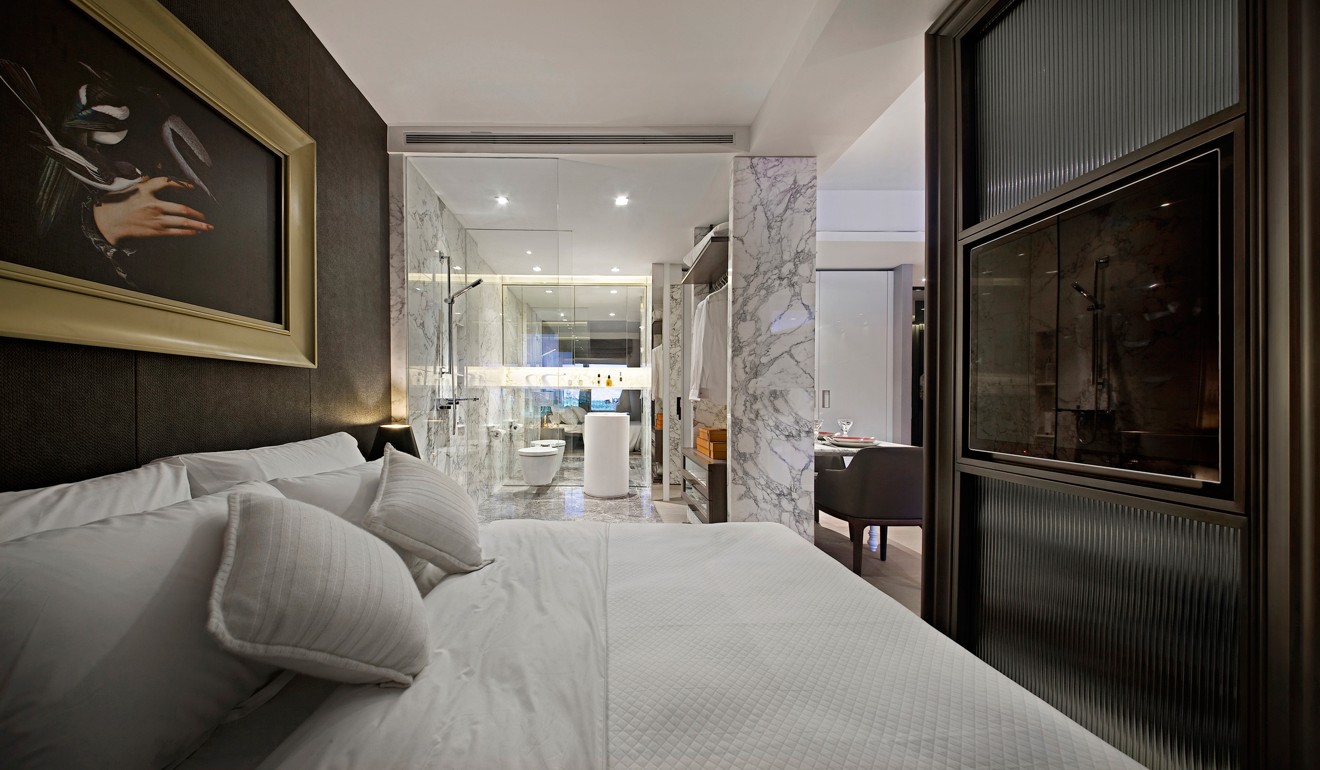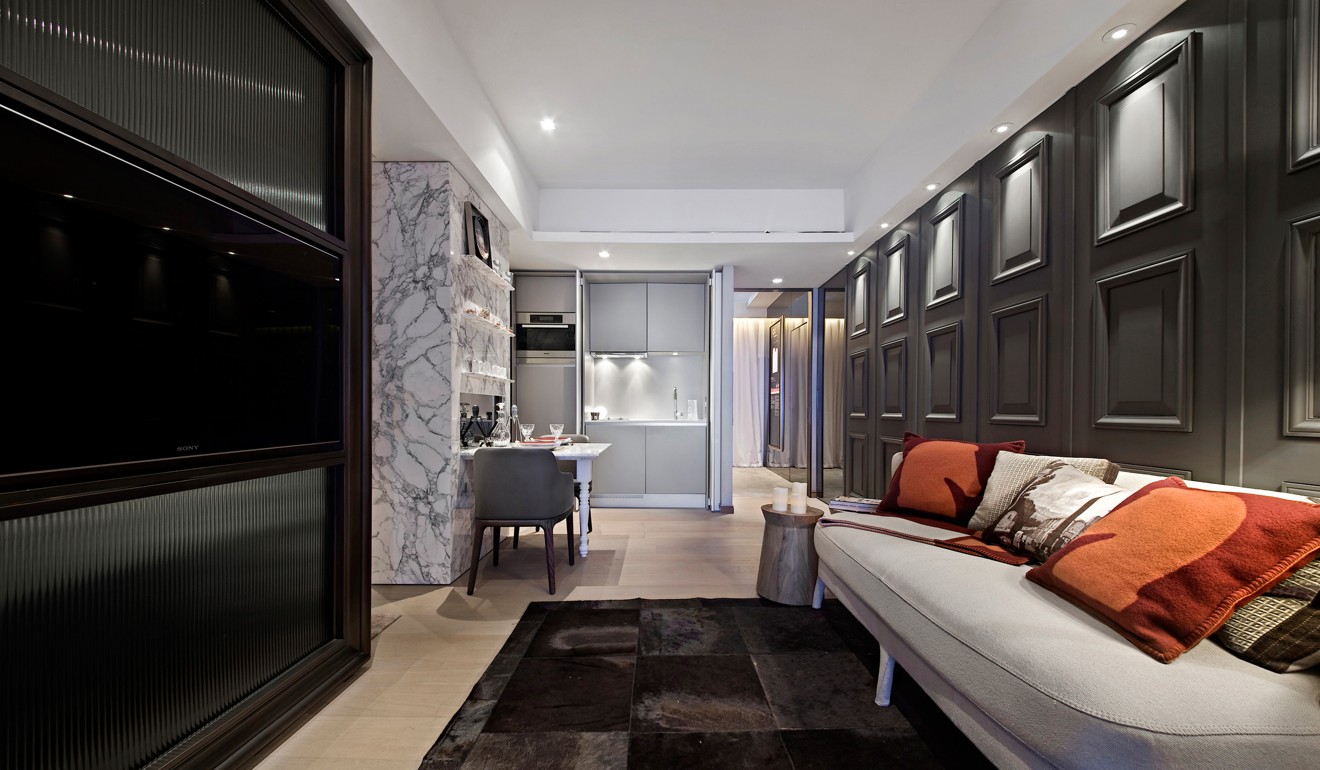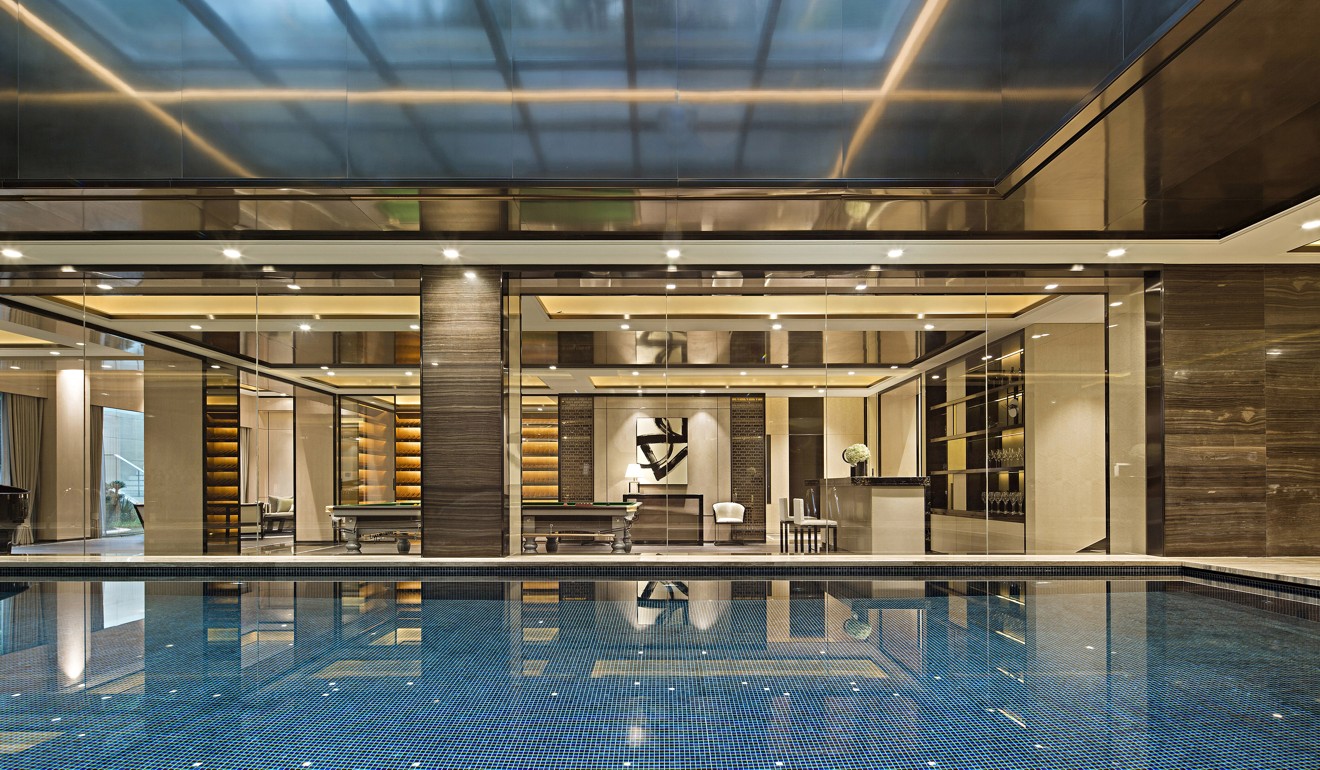
Why designer Steve Leung has torn up the formula while juggling multiple projects
- Founder of Hong Kong and China studio behind Mango Tree, yoo Residences and One Park Shanghai believes in taking a bespoke approach
- Technological advances have helped to transform his practice so that there are no longer any boundaries to design, he says
For architect, interior and product designer Steve Leung, design is far from formulaic.
“Every project is tailor-made to meet the client’s needs,” says Leung, who is the founder of Steve Leung Designers.
He founded the company in 1997; since then, it has grown into a 500-person design firm, with offices across Hong Kong, Beijing, Shanghai, Guangzhou and Shenzhen.
Even if you do not know the name of the practice, you have probably visited one of its spaces.
As the world advances and with globalisation blurring the lines of differences, I have noticed a strong desire for personalised design that conveys the distinctive culture and character of the end user
Steve Leung Designers was the creative force behind Mango Tree restaurant in Elements; it also designed Novotel Citygate Hong Kong hotel in Tung Chung and The 8, a three-Michelin-starred restaurant at the Grand Lisboa in Macau.

It also crafted several properties at yoo Residence in Hong Kong – serviced flats under the international Yoo branded residential and hotel group, which was co-founded by Philippe Starck.

Leung also serves as creative director of Steve Leung & Yoo, bringing his Hong Kong design sensibility to international projects for the group, such as YOO8, the forthcoming branded residences in Kuala Lumpur’s 8 Conlay, set to be the tallest spiralled twin residential towers in the world.
If that was not enough, Leung is also collaborating with yacht manufacturer Sanlorenzo Asia on two bespoke interior concepts for its SX88 model.
Catering to Asian yacht owners, there is Breeze/Zen, which brings laid-back, neutral-hued style and round contours to Leung’s clean-lined, contemporary design, and then there is Vermilion, for more daring owners, which boasts strong tones of red and orange, combined with bold forms and dramatic forms.

Steve Leung Designers has gone from strength to strength over the past 22 years, and creating sustainable spaces seems to be part of the next phase for the practice.
Design provides solutions to minimise the physical disadvantages of a space and maximise its advantages. We analyse first, and solve problems, understanding the needs of our client. Then we add artistic elements to enhance the ambience
Five years ago, it became part of Jangho Group, a Chinese corporation dedicated to promoting health and well-being through eco-friendly architecture, construction, medical services and health care.
In line with this direction is the fact that the Hong Kong office has just been awarded a Gold standard under the WELL Certification, which looks at aspects of the built environment that affect the health and well-being of the people using the building in question.
No matter how big or small the project – or whether he’s working on a private home, a show house, an entire development or his own office – Leung still comes back to the belief that every project should be unique.
“As the world advances and with globalisation blurring the lines of differences, I have noticed a strong desire for personalised design that conveys the distinctive culture and character of the end user,” he says.
He also observes that his Asian clients and, in particular, those from Hong Kong focus on practicality over and above aesthetic considerations.

“Our designers invest significant time and effort on spatial planning to maximise the use of space,” he says.
This, Leung says, is the first step. “Design provides solutions to minimise the physical disadvantages of a space and maximise its advantages. We analyse first, and solve problems, understanding the needs of our client. Then we add artistic elements to enhance the ambience.
“It’s about a careful balance of sensibility and rationality: logic, to best utilise a space, and emotion, to bring aesthetics into that space.”
For Leung, it’s also about balancing several other key considerations – especially when he’s working with residential clients.
People want us to create spaces where [they] can enjoy a relaxing experience that reinvigorates the body and mind. As life becomes increasingly intense, moments of tranquillity are a precious yet necessary indulgence
“People are looking for a quality life experience: comfort, durability, convenience and spirit-lifting,” he says. “They want us to create spaces where people can enjoy a relaxing experience that reinvigorates the body and the mind. As daily life becomes increasingly intense, these moments of tranquillity are a precious yet necessary indulgence.”
When the boundaries between home and work are blurred, as is often the case these days, convenience and comfort become even more essential, Leung says. “Work is becoming something you can do 24 hours a day, especially as you can synchronise across devices.”
While some people may resent the round-the-clock access to work that technology brings, Leung sees opportunities.
“You can jot down creative ideas or edit projects anytime and anywhere,” he says. “[Technology] has changed the way I design.

“Since there are no boundaries in design any more, and the Internet of Things brings up even more possibilities, I have been able to diversify in the design industry to work on products and smart living spaces.”
Indeed, smart living concepts are in strong demand among Leung’s clients, particularly those in Asia.
“Smart living has become an inevitable element of what we do,” he says. “My Asian clients are intrigued by the endless possibilities smart technology can bring into our daily lives.
“It’s easy to infuse projects with energy-saving concepts, you can control humidity and temperature and you can change your lighting to suit your mood and your purpose. It brings more flexibility to interior design.
My Asian clients are intrigued by the possibilities smart technology can bring into our daily lives … [such as] energy-saving concepts [so] you can control humidity, temperature and change your lighting to suit your mood
“People are starting to look for personalised ways to bring convenience to their living spaces; for example, auto-playing refreshing song lists in the morning and peaceful music before bedtime, or even setting up a designated time to boil water.”
Leung clearly appreciates the comfort and convenience that technology brings with it, both in the home and in a work context, seeing it as a useful tool. And yet he finds his inspiration elsewhere.
“Le Corbusier is still one of my favourite and most respected artists,” he says of the late architect, designer, urban planner and painter who is widely considered the father of modern architecture. “He greatly influences how I perceive design, and life.”
Everyday life is also a source of ideas, he says. “What I see, what I hear, the people I meet – they’re all precious connections.”
